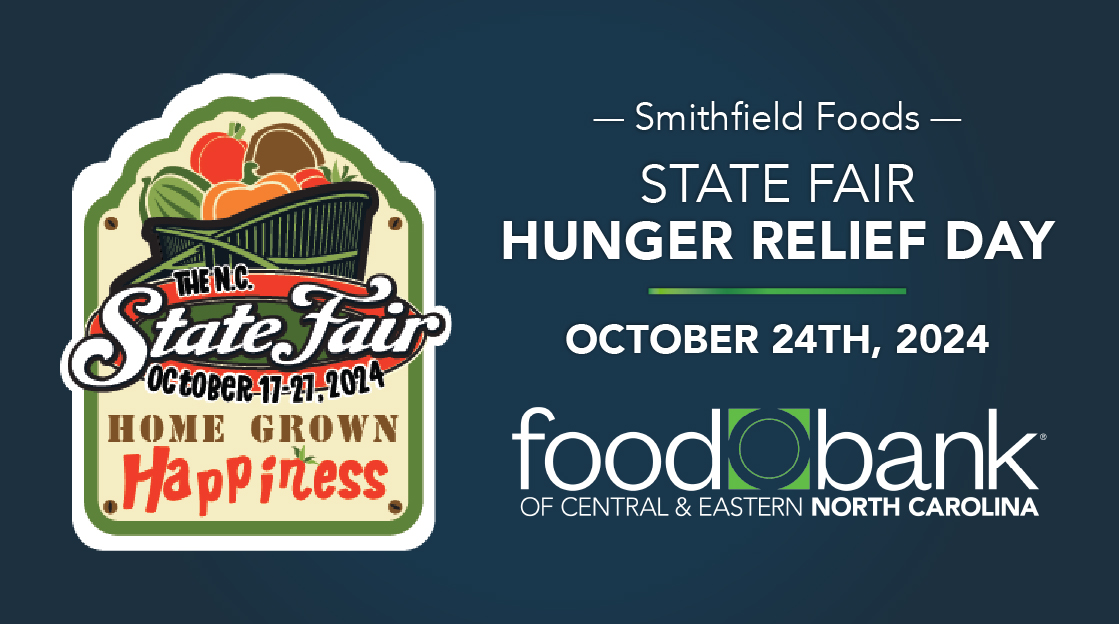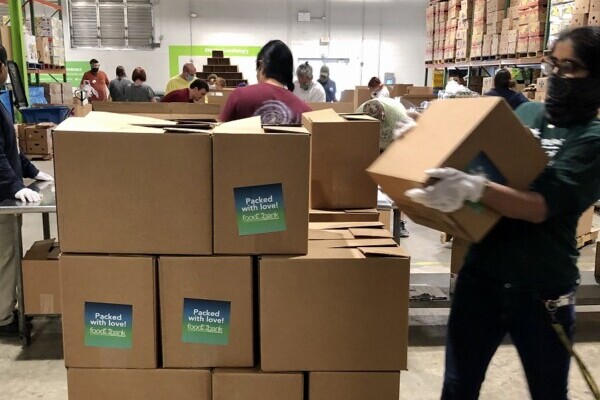In honor of National Nutrition Month, our nutrition intern Andrea Kerley spotlighted different food groups each week on social media – specifically shelf-stable items, why they are great choices, and the importance of these donations. These shelf-stable choices help us serve our neighbors, give healthy options to our communities, and fit the needs of everyone wherever they may reside. These lower cost items are a staple in homes and can be used to make delicious, nutritious, and family favorite recipes and make for wonderful donations throughout the year!
Canned, non-perishable items such as chicken, tuna, and salmon are all great options that are full of protein and other essential nutrients. When reading labels look for canned in water, low sodium, and no added oils for donations. These protein items come in pop top cans, pouches, or regular cans all are needed and used in delicious recipes like tuna or chicken salad.
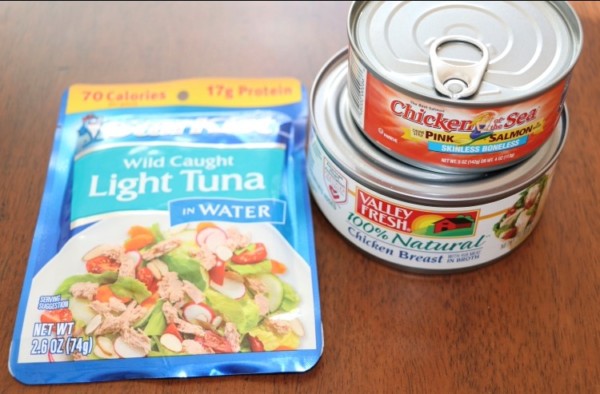
Beans are an amazing, low-cost, and versatile protein source that are a staple in many cultures around the world. They are full of dietary fiber and are accessible to most communities, they can be dried or canned. When choosing canned beans look for no salt added or reduced sodium, and dry beans with no added seasonings. Having beans available through donations enables us to distribute culturally meaningful foods to our communities. You can use beans in so many recipes from soups, salad, to side dishes.
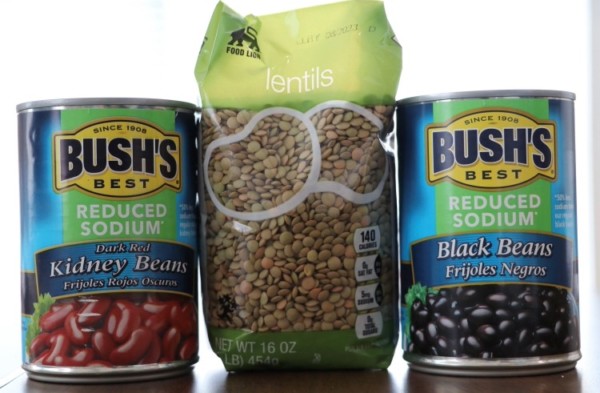
Utilizing shelf-stable fruits is a perfect way to incorporate this food group into your diet all year round. Fruits have many health benefits including being significant source of vitamin C, vitamin D, and fiber. When looking for a shelf-stable fruit, look for a label that is packed in 100% fruit juice or water. By donating these canned or non-perishable items this allows access to fruits to all individuals all year round whether they have available refrigeration or not, fruits are a great part of any meal or snack!
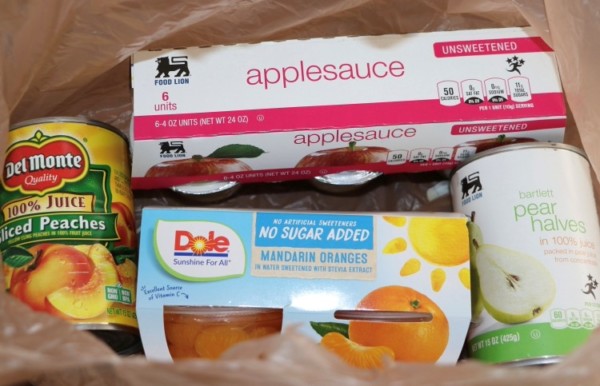
Seasoning and spices are a wonderful way to enhance the flavor of your food while decreasing the amount of salt needed. When selecting spices, choose blends that have no salt added. If there are none available, try making your own! Making your own seasonings can help to create family favorite and culturally meaningful dishes. Seasoning measurements can be adjusted for your family’s liking by adding more or less of each spice to make different size batches. If making large quantities, store in an airtight container for up to 6 months.
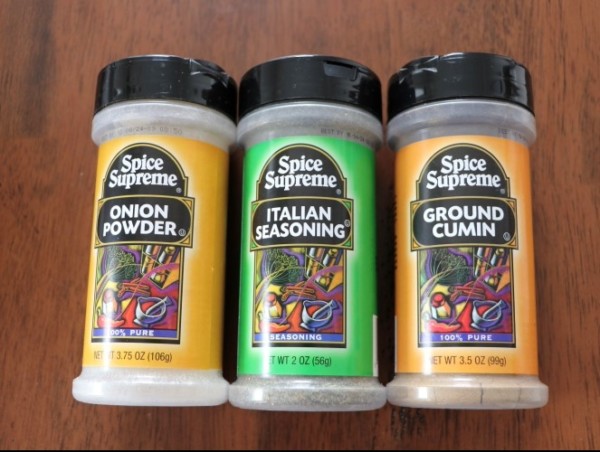
Shelf-stable food items not only help overcome barriers in our community while providing nutrient dense food options but also allows us to be prepared when emergencies or disasters occur. You can use these ideas to host your own food drive or check out ways to utilize these great shelf-stable choices in recipes prepared by the Food Bank’s Nutrition Education Team.



